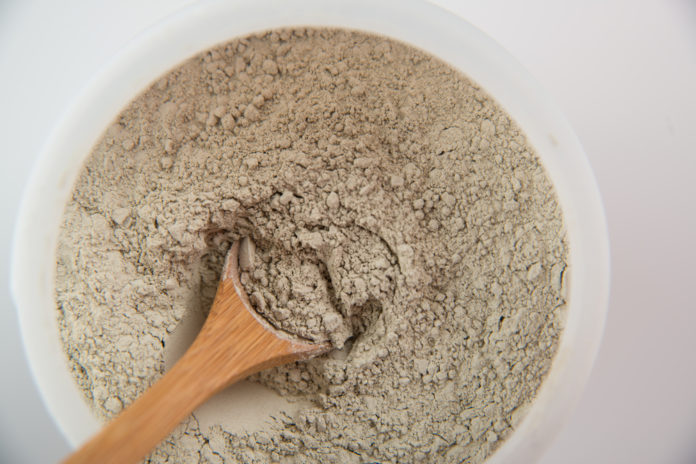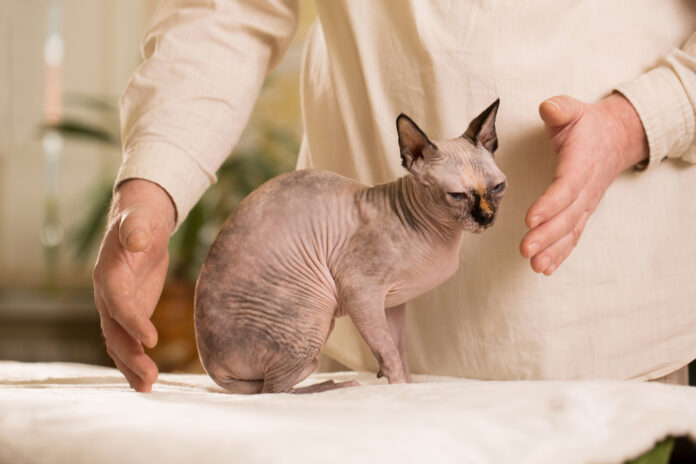Clay in pet food?

A look at how montmorillonite clay adds benefits to dog and cat diets.
Adding clay to pet food may seem odd. But did you know that some types of clay, like montmorillonite clay, actually add a variety of functional and nutritional benefits to our pets’ mealtimes?
A brief history of clay in food
The practice of eating clay is called geophagia (geo meaning ‘earth’, and phagia meaning ‘to eat’). Scientists have found over 200 species of animals who regularly eat specific types of clay, and records show that humans have practiced geophagia since Hippocrates’ time, around 460 BC.
Montmorillon clay
There are many types of clays from a variety of regions. The popular bentonite clay, for example, is from Benton, Wyoming. Made from volcanic ash, montmorillonite clay is from the Montmorillon region of France where it was first found.
Some natural pet food brands, like Nature’s Logic, use montmorillonite clay as a natural “anti-caking” agent to prevent clumping and excess moisture. But the benefits of this type of clay don’t end there!
When clay is moistened, it absorbs water and swells, grabbing debris like bacteria, viruses and toxins. Clay also has a strong negative charge, while many toxins, bacteria and viral particles have positive charges. Like a magnet, clays attract and hold these “bad guys” until the body can remove them.
Montmorillonite clay has the unique ability to bind and clear toxins from the body, acting as a detoxifying agent. It also contains at least 67 minerals (like calcium, magnesium, and silica) as well as important trace elements. Minerals are critical for enzyme, vitamin and many other functions of the body.
Montmorillonite clay also:
- Binds and removes bacteria, viruses and fungal organisms
- Supports immune function
- Improves weight gain and feed efficiency
- Promotes probiotic activity
- Helps strengthen and heal the gut lining
- Has antibacterial activity
Feeding clay slows the digestion process, allowing more time for enzymes to break food down. Because they bind pathologic bacteria, reducing their numbers, clays make life easier for probiotic organisms. In addition, they cause physical strengthening of the gut lining, improved digestion and immune protection.
Clays have been used for thousands of years, worldwide, both topically and internally for detoxification, skin irritations, digestive problems and other health benefits. Some cultures mix clay in water and dip their food as they eat. Current science is confirming the health benefits of eating clay. Exciting new clinical trials have shown certain clays to be effective against MRSA (Methicillin Resistant Staph Aureus), a major concern in hospitals. Animal trials that involved feeding clay to dogs and growing pigs resulted in faster growth and weight gain, fewer cases of diarrhea, increased probiotic numbers, and fewer gut pathogens, like E. coli and Clostridia. Lastly, adding clay to the diet resulted in lower antibiotic use.
So there you have it – clay isn’t just for pottery. Look for a pet food that uses clay as one of their ingredients and watch your animal companion reap the benefits!




